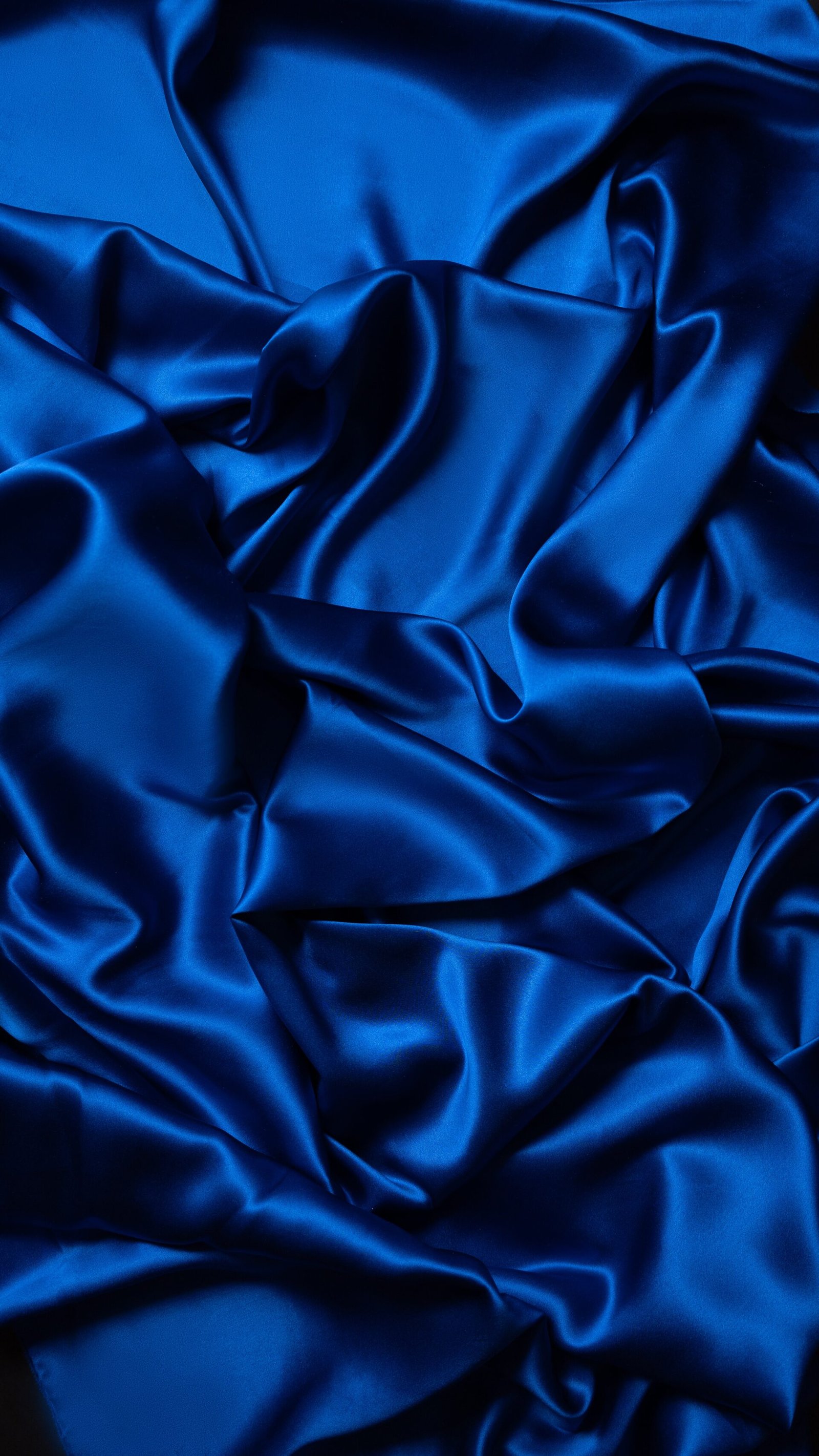Traditional Chinese indigo-dyed cloth, also known as “blue and white” cloth, is a type of textile that has been used in China for centuries. It is made by dyeing white cloth with natural indigo dye, resulting in a deep blue color that is both beautiful and enduring.
The process of making blue and white cloth begins with the selection of high-quality cotton or linen fabric. This fabric is then washed and bleached to remove any impurities and prepare it for dyeing. The next step is to create the indigo dye, which is made by fermenting the leaves of the indigo plant with water and other natural ingredients.
Once the dye is ready, the fabric is immersed in the indigo vat and left to soak for a period of time. This process is repeated several times until the desired shade of blue is achieved. The fabric is then washed and hung up to dry in the sun, where it develops its distinctive color and texture.
One of the unique characteristics of blue and white cloth is its rich, deep blue color. This color is achieved through a combination of the natural indigo dye and the traditional dyeing techniques used by Chinese artisans. The dye penetrates the fabric deeply, resulting in a color that is resistant to fading and wear.
Another distinctive feature of blue and white cloth is its pattern. Traditional Chinese patterns are often used, including geometric designs, floral motifs, and auspicious symbols. These patterns are often created by resist dyeing techniques, in which certain areas of the fabric are treated with a resist substance that prevents the dye from penetrating. This creates a contrasting pattern of white against the blue background.
Blue and white cloth has been used in China for a wide range of purposes, from clothing and household textiles to ceremonial and decorative objects. It has been particularly popular in rural areas, where it is often used for everyday clothing and household items such as tablecloths, curtains, and bedspreads.
In addition to its practical uses, blue and white cloth has also been prized for its aesthetic qualities. Its deep blue color and intricate patterns have been celebrated in Chinese art and literature for centuries. Blue and white porcelain, which is often decorated with similar patterns and colors, has also been a beloved art form in China for centuries.
Today, blue and white cloth is still produced in China using traditional methods. However, the demand for this type of textile has declined in recent years, as cheaper, mass-produced fabrics have become more widely available. Nonetheless, many artisans and textile enthusiasts continue to appreciate the beauty and craftsmanship of blue and white cloth, and efforts are being made to preserve this important aspect of China’s cultural heritage.
In conclusion, traditional Chinese indigo-dyed cloth, or blue and white cloth, is a beautiful and enduring textile that has been used in China for centuries. Its deep blue color and intricate patterns have made it a beloved art form in Chinese culture, and its practical uses in clothing and household textiles have made it a staple in many rural areas. Although the demand for blue and white cloth has declined in recent years, it remains an important part of China’s cultural heritage, and efforts are being made to preserve this traditional craft for future generations.
Read More:
